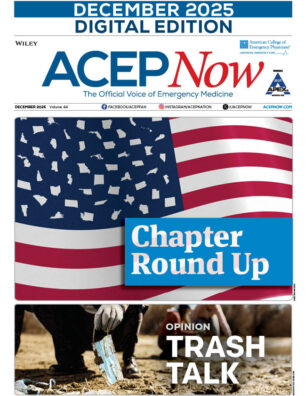NEW YORK (Reuters Health) – Bismuth quadruple therapy for 10 days appears to be the best first-line treatment for H. pylori infection, researchers from Taiwan report.
“In the face of rising prevalence of clarithromycin resistance, bismuth quadruple therapy should be considered as the first-line treatment of H. pylori infection in our daily practice,” said Dr. Jyh-Ming Liou from National Taiwan University Hospital, National Taiwan University College of Medicine, in Taipei.
“Concomitant therapy given for 10 days might not be adequate and extending its treatment length to 14 days should be considered,” Dr. Liou told Reuters Health by email.
The H. pylori eradication frequency of standard triple therapy has fallen to below 80% in many countries because of the rising prevalence of antibiotic resistance. Longer treatment or the use of four-drug regimens has been shown to increase the eradication frequency in first-line treatment.
Dr. Liou and colleagues in the Taiwan Gastrointestinal Disease and Helicobacter Consortium compared the efficacy of 10-day bismuth quadruple therapy, 10-day concomitant (non-bismuth quadruple therapy), and 14-day triple therapy in a randomized trial of 1,620 patients with H. pylori infection.
With first-line therapy, the eradication frequency was significantly higher for bismuth quadruple therapy (90.4%) than for triple therapy (83.7%), and non-significantly higher than for concomitant therapy (85.9%), the team reports in The Lancet online.
Eradication rates with concomitant therapy were not significantly different from those with triple therapy. After two courses of antibiotic treatment, there was no significant difference in the overall eradication frequencies between the three algorithms of first-line triple therapy and second-line bismuth quadruple therapy; first-line concomitant therapy and second-line bismuth quadruple therapy; and first-line bismuth quadruple therapy and second-line concomitant therapy.
Adverse effects were more common with bismuth quadruple therapy (67%) than with concomitant therapy (58%) or triple therapy (47%). The eradication frequencies of triple therapy and concomitant therapy were significantly lower in the face of clarithromycin resistance, whereas the efficacy of bismuth quadruple therapy was not affected by clarithromycin or metronidazole resistance.
In regions with high clarithromycin resistance, bismuth quadruple therapy was the most effective, followed by concomitant therapy.
“The analysis of antibiotic susceptibility testing in nearly 1,000 strains in this study allowed us to construct a prediction model which was shown in the supplementary materials,” Dr. Liou said. “The model could help the clinicians and policy makers to choose the optimal first-line eradication regimen according to the prevalence of clarithromycin resistance in their countries.”
Dr. Francis Megraud from CHU Pellegrin in Bordeaux, France, who coauthored an accompanying editorial, told Reuters Health by email, “Bismuth-based quadruple therapy has the advantage to avoid either clarithromycin testing in a tailored treatment or of taking clarithromycin for nothing in an empiric treatment, given that clarithromycin is not included in the formula. However, the use of this bismuth quadruple therapy depends on its availability and cost.”
“An important consequence of treatments, not yet explored, the impact on digestive microbiota, may change our views,” Dr. Megraud added.
Dr. Murat Kekilli from Ankara Education and Research Hospital in Turkey recently reported on the inefficacy of triple therapy in the first-line treatment of H. pylori infection. In an email to Reuters Health, Dr. Kekilli, who was not involved in the new work, maintained that “bismuth quadruple therapy should be the treatment of choice regardless of clarithromycin resistance prevalence.”
The trial did not have commercial funding.
Pages: 1 2 | Multi-Page





No Responses to “Bismuth Quadruple Therapy May Be Best First-Line Treatment of H. Pylori”